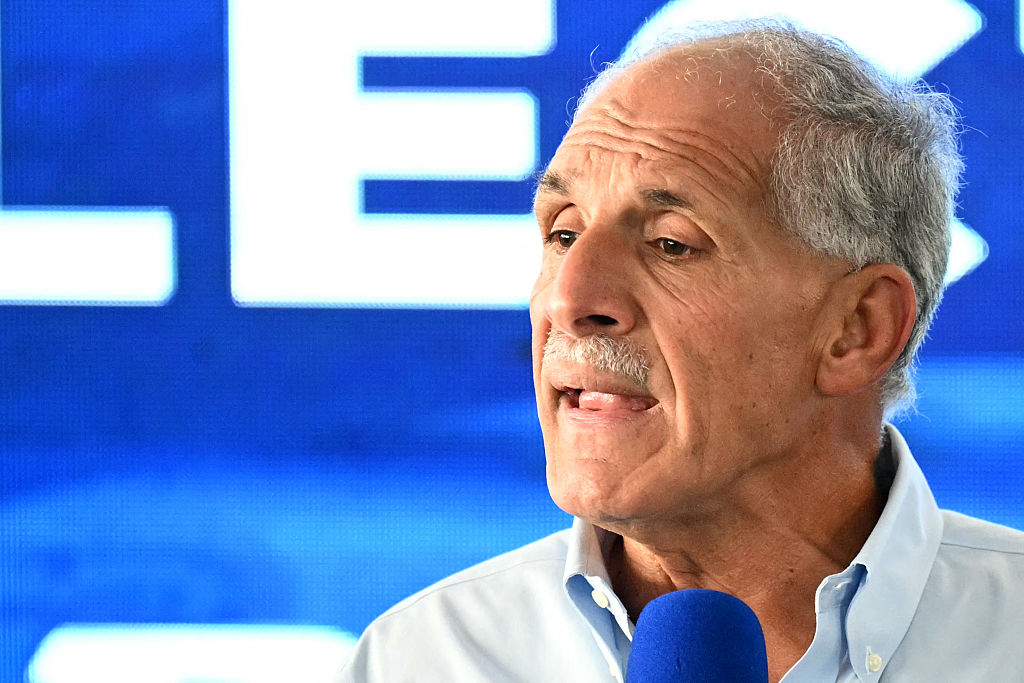
www.theamericanconservative.com
Trump’s Man in Honduras Wins After Controversy and Recount
Nasry Asfura, a conservative candidate in Honduras’s presidential election, was on Wednesday declared the winner of November 30 after roughly three weeks of recounts.
The Latin American republic’s electoral authority declared that Asfura won 40 percent of the vote, beating the anticorruption candidate Salvador Nasralla and the center-left candidate Rixi Moncada of the governing Libre Party.
Trump endorsed Asfura in a November 26 social media post, characterizing Nasralla and Moncada as “Communist” candidates and framing the race as part of his ongoing pressure campaign against Venezuela. Xiomara Castro, the sitting Libre president, has been an ally to Venezuela’s President Nicolas Maduro.
Asfura will take office on January 27.
The post Trump’s Man in Honduras Wins After Controversy and Recount appeared first on The American Conservative.













